Over time, headlights will pick up every day dirt and grim just like the rest of your car. It's important not to ignore the headlights when cleaning your car though. Just like the rest of your vehicle, headlights need some TLC. Dirty headlights won't shine properly at night or in the daytime. Before giving them a scrub though, take a few minutes to learn how to clean headlights the right way.
Giving headlights a simple wash with regular car soap or even Windex usually does the trick on that ugly dirt coating. Over time though, even the most meticulously maintained headlights will become foggy. Foggy headlights are just a symptom of the natural aging of your vehicle and not something to worry about. It is something to take care of and a relatively simple thing. You can get the DIY job done with things you probably already have at home. It may sound surprising, but regular household items like toothpaste, vinegar, and baking soda can work wonders on foggy headlights. Of course, there are all-in-one kits you can buy that can get the job done too, but all this task really requires is some elbow grease. So, let's learn how to clean foggy headlights.

How to clean headlights with toothpaste
Cleaning your headlights with toothpaste is by far the easiest and quickest way to clean foggy headlights. It's an effective method for cleaning foggy headlights and isn't abrasive. It also doesn't take long.
Step 1: The first step in cleaning your foggy headlights with toothpaste is to wash them and the surrounding surfaces with soap and water. Cleaning any exterior grime from the housings will avoid scratching the lenses and shows off your hard work when the project is complete.
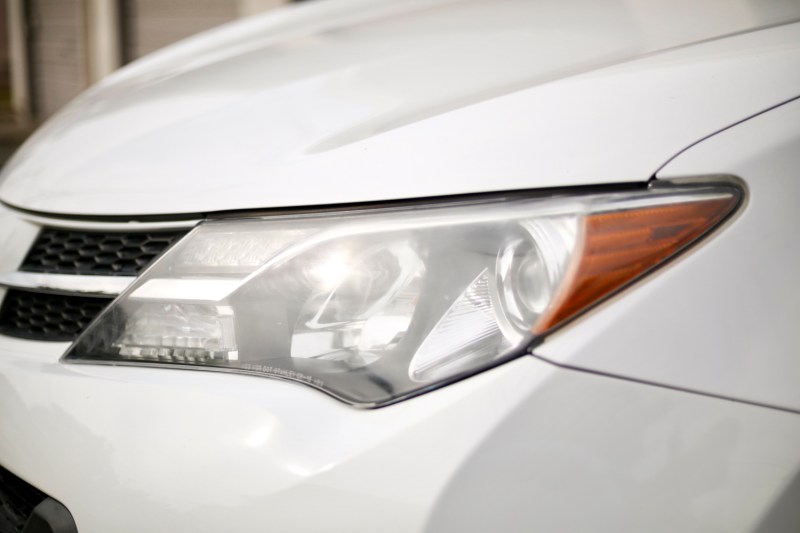
Step 2: Once the headlights have been thoroughly washed, allow the cleaned portion to dry completely. You don't want moisture to make its way into the headlights.
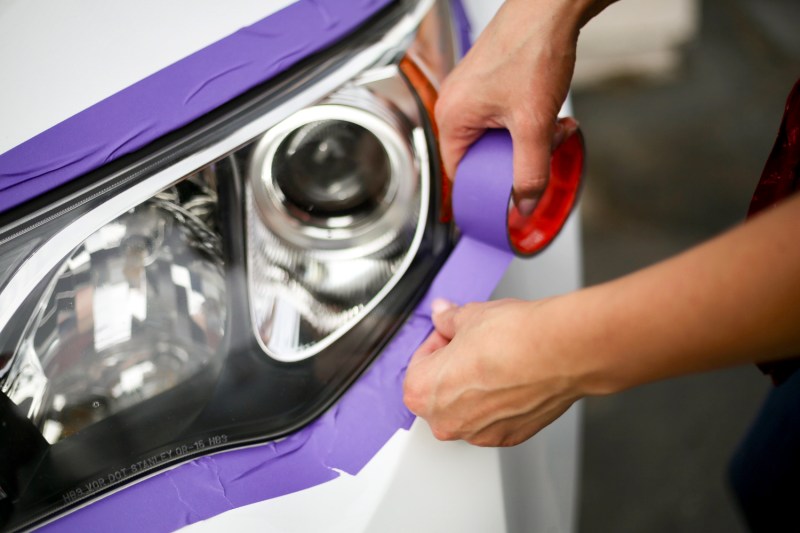
Step 3: Next, it’s time to bust out that painter’s tape. Avoid using strong adhesive tape so you don’t damage your car’s paint. Make a perimeter of tape around each headlight, leaving all of the actual housing of the headlights exposed. Don't use a strong adhesive tape to avoid damaging the car's paint. You can also tape off your turn signals or leave them exposed for cleaning too. Turn signals don't typically get foggy like headlights do.

Step 4: Once you've taped around each headlight's perimeter, it's time for the toothpaste. The toothpaste method is the easiest and inexpensive. It's also simple. Apply some toothpaste to a soft cloth or a clean rag. Then, spread using circular motions, covering the entire headlight. Be sure to use a plain toothpaste such as Tom's or Arm & Hammer. Anything with flavor crystals or other particles may scratch the headlights.

Step 5: The final step in cleaning your foggy headlights with toothpaste is to rinse. Rinse the housing with water, dry it with a towel, and crack open a beer (cuz you’re done). No seriously, it’s that easy. Toothpaste is slightly abrasive, so applying it to your headlights scrapes away the crud while filling in any scratches. Why do you think five out of five dentists recommend using the stuff to fight plaque?
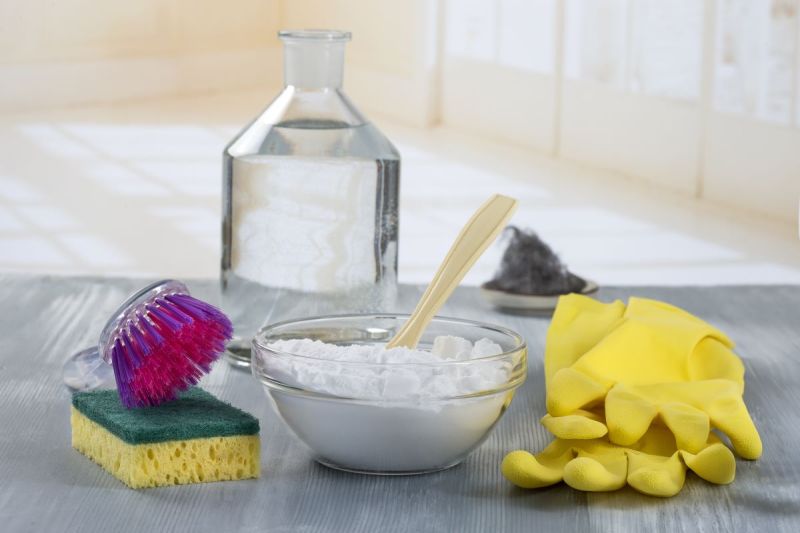
How to clean headlights with baking soda and vinegar
Another popular headlight cleaning method involves two common household things: baking soda and vinegar. This method is a great pick for extremely foggy headlights. The baking soda and vinegar method is also environmentally friendly and cheap.
Step 1: To get started, wash each headlight carefully with car soap and water.
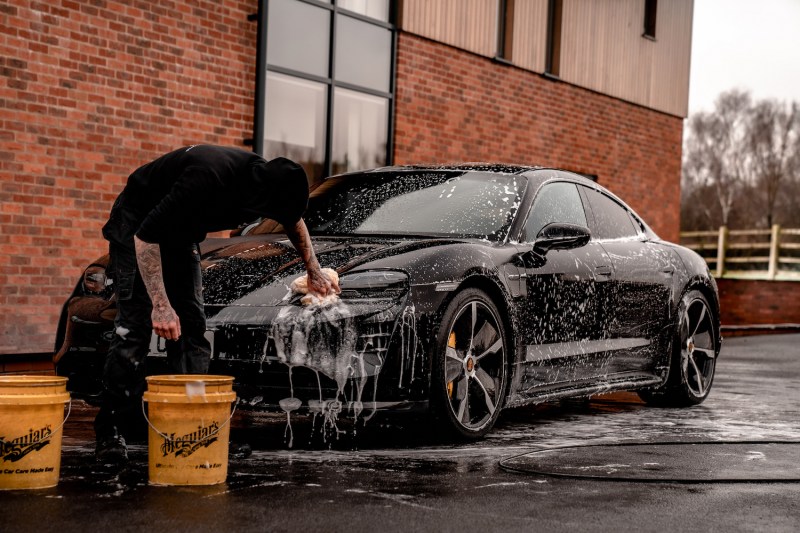
Step 2: Next, allow the headlights to air dry completely.
Step 3: Using a clean container, mix together two parts white distilled vinegar and one part baking soda.
Step 4: Cover the container and shake to combine. You can also stir the mixture.
Step 5: Once the mixture is combined, you're ready to start cleaning. Dip in a clean cloth or rag. Then, begin rubbing the baking soda and vinegar mixture on the entire headlight. If necessary, add more of the mixture to ensure a thorough cleaning.
Step 6: When the baking soda and vinegar mixture has been applied to both headlights, rinse completely with water.
Step 7: If need be, you may repeat the steps, making sure to rinse after each application of the baking soda and vinegar mixture.
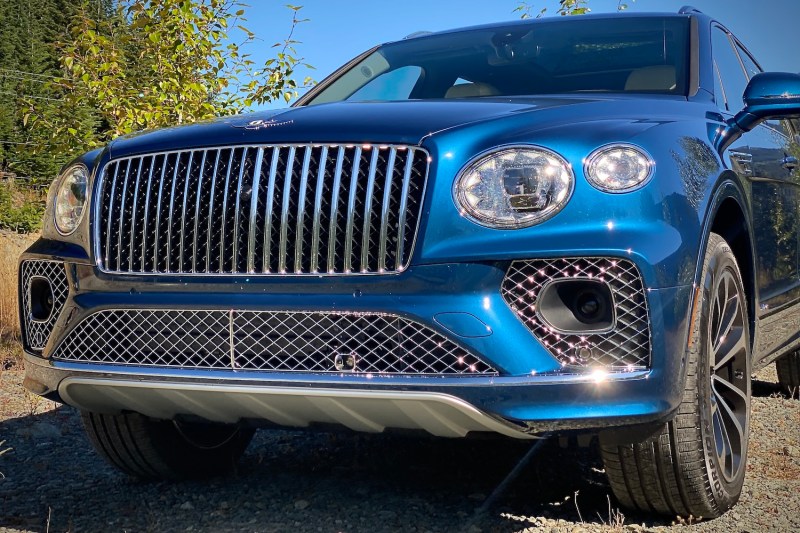
What to buy to clean headlights
If using toothpaste seems out there and baking soda and vinegar reminds you of middle school science, you can always pay for a kit. You’ll still need to get your hands dirty (or clean?) with an all-in-one setup, and the results will be about the same as these two popular DIY headlight cleaning methods. Headlight cleaning kits aren't expensive and are widely available.
Why do car headlights turn foggy? Headlights become foggy over time because of the chemical reaction that takes place between exposed plastic and the sun’s ultraviolet rays. Accumulated dirt within the housing can also play a role in turning your headlights from crystal clear to a yellowish hue. Cleaning your car's foggy headlights can transform the overall appearance of your car.
It can go from looking like car that's in need of attention to a show vehicle. More seriously, foggy headlights can drastically impair the effectiveness of your car’s actual bulbs. As more fog builds up, it becomes more difficult to see, especially at night. In other words, foggy headlights should be addressed as soon as possible. It's actually an essential part of your car maintenance regimen.
Editors' Recommendations
- Mastering the trail: Essential tips and gear for off-roading adventures
- This is how easy it is to wash your car at home
- 6 mistakes you make when you clean your car
- 7 things you probably didn’t know car insurance covers
- How to change windshield wipers — a complete guide




